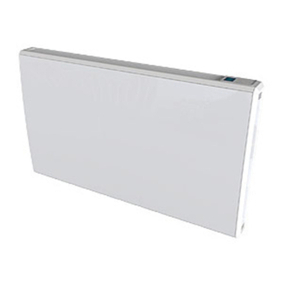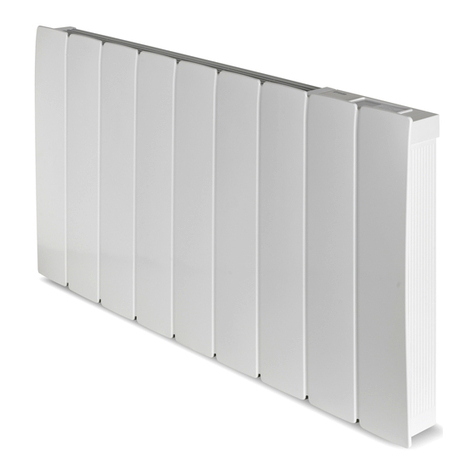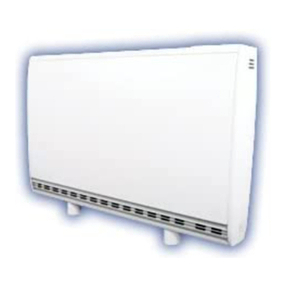Creda 75773301 User manual
Other Creda Heater manuals
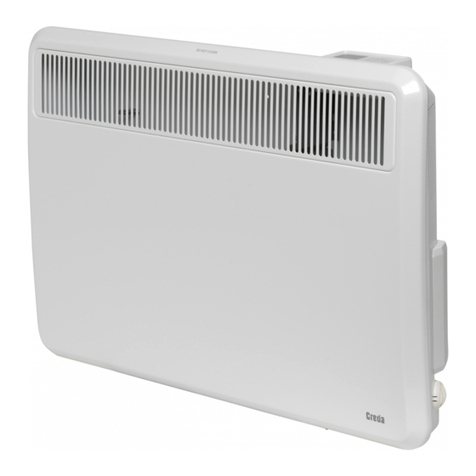
Creda
Creda TPRIII050E User manual

Creda
Creda NEWERA 85301 User manual
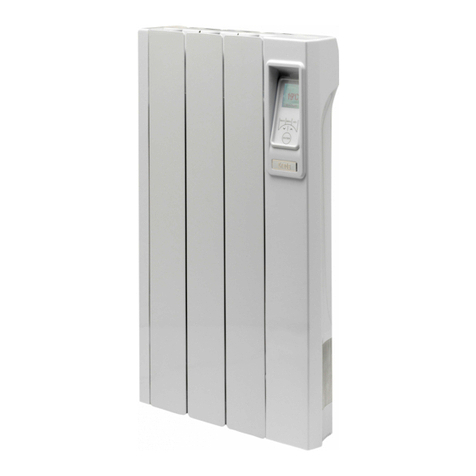
Creda
Creda CAR 033 Instruction Manual

Creda
Creda PH2TR Manual
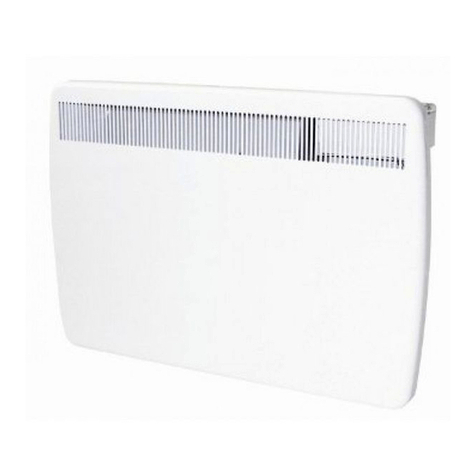
Creda
Creda NP Series User manual
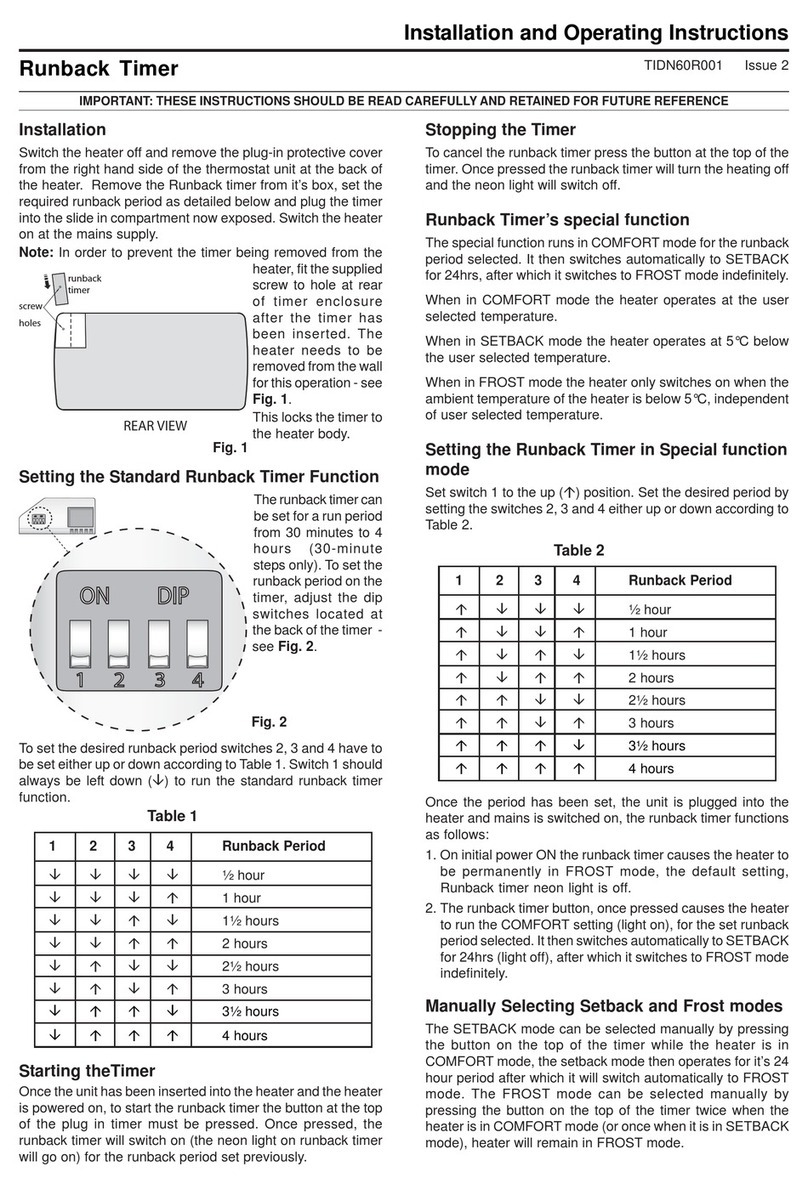
Creda
Creda ERBT User manual

Creda
Creda Duo300i User manual
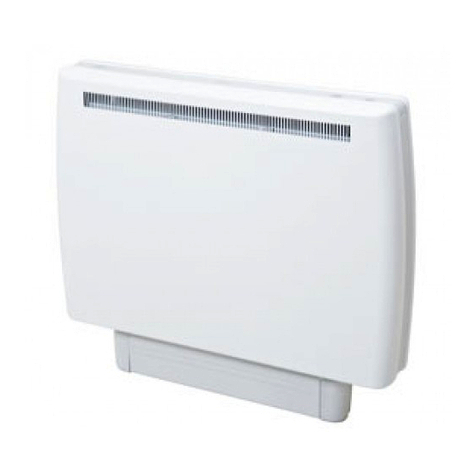
Creda
Creda Eco-Response ER300 User manual

Creda
Creda Newera 75772001S User manual

Creda
Creda CSS3 User manual

Creda
Creda NewEra 70305S User manual
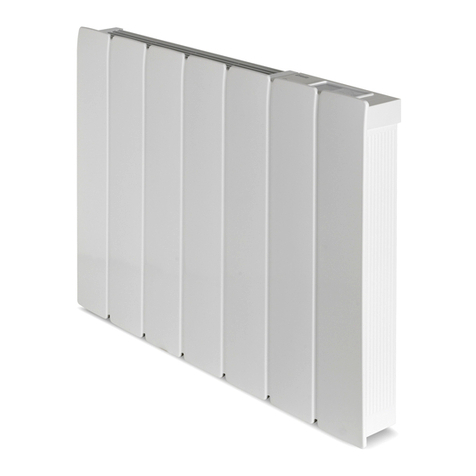
Creda
Creda CEP 500E User manual
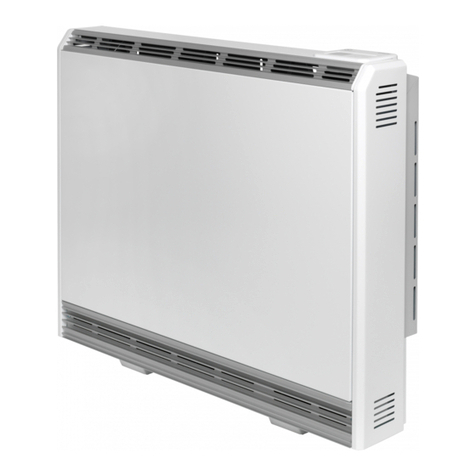
Creda
Creda TSRE050 User manual
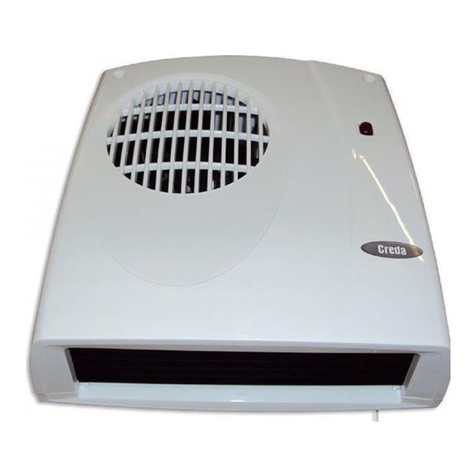
Creda
Creda CDF2N User manual

Creda
Creda TSF24K User manual

Creda
Creda Newera 79348S User manual

Creda
Creda 79341S User manual

Creda
Creda TSF24K User manual

Creda
Creda Newera TSR12AW User manual
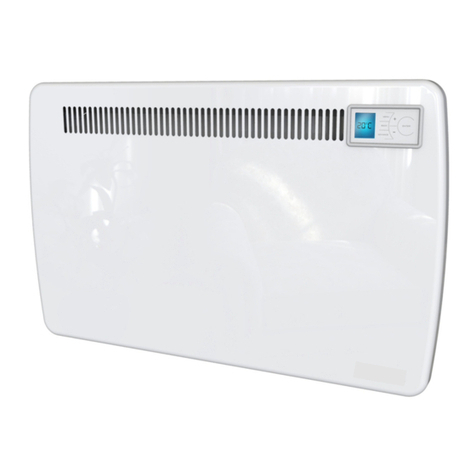
Creda
Creda CLSTH050 Instruction Manual
Popular Heater manuals by other brands

Porter-Cable
Porter-Cable PCXH80KT Operating instructions and owner's manual

Dyna-Glo
Dyna-Glo RA18LPDG user manual

Dimplex
Dimplex PLX050E instruction manual

EOS
EOS Herkules XL S120 installation instructions

Trebs
Trebs Comfortheat 99209 manual

Biddle
Biddle STYLE2 Series Installation operation & maintenance

Vermont Castings
Vermont Castings Non-Catalytic Convection Heater 2477CE Installation and operating manual

Fagor
Fagor RA-1505 Instructions for use

THERMAL FLOW
THERMAL FLOW Delta 175 Operating instructions manual

GET
GET G2CH instructions

ApenGroup
ApenGroup PK Series User, installation, and maintenance manual

oventrop
oventrop Regucor Series quick start guide

Blaze King
Blaze King CLARITY CL2118.IPI.1 Operation & installation manual

ELMEKO
ELMEKO ML 150 Installation and operating manual

BN Thermic
BN Thermic 830T instructions

KING
KING K Series Installation, operation & maintenance instructions

Empire Comfort Systems
Empire Comfort Systems RH-50-5 Installation instructions and owner's manual

Well Straler
Well Straler RC-16B user guide
